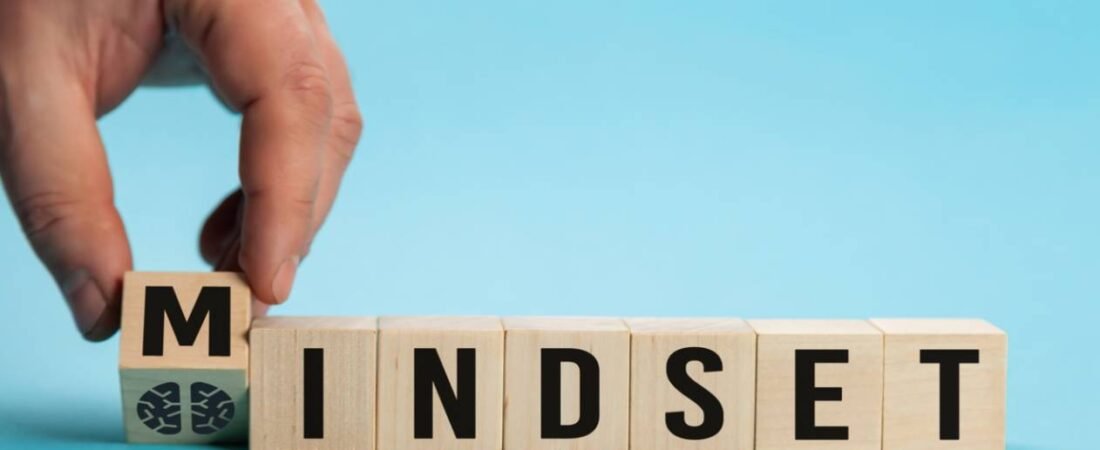Last Updated on October 15, 2025 by Vasid Qureshi CEO & Founder, Strategic Business Contributor
Main Takeaway: Developing an elite mindset is not a matter of innate talent or luck, but of systematic mental training grounded in neuroscience. By embracing growth-oriented strategies—emotional regulation, cognitive flexibility, focused attention, stress inoculation, and deliberate recovery—you can rewire your brain for peak performance under pressure.
The Science Behind Elite Thinking: Neuroplasticity and Growth Mindset
The Neuroscience of Mental Excellence
Neuroplasticity—the brain’s capacity to form new neural connections—is the bedrock of mental transformation. EEG and MRI studies show that individuals with a growth mindset exhibit heightened activity in brain regions responsible for error monitoring and adaptation, notably the Pe (error positivity) and P300 components. This neural signature supports faster learning and more effective behavioral adjustments in high-stakes situations .
Carol Dweck’s landmark research distinguishes a fixed mindset—the belief that abilities are static—from a growth mindset, which views intelligence and skills as developable through effort. Growth-minded individuals show increased activation in the dorsal anterior cingulate cortex (ACC) and dorsolateral prefrontal cortex (DLPFC), regions crucial for monitoring errors and adapting behavior .
Elite Athlete Brain Patterns

Professional athletes train their minds as rigorously as their bodies. Soccer players, for instance, can boost alpha brainwave activity by 34% through targeted mental training, improving decision-making under pressure. Triathletes exhibit superior self-regulation, coping strategies, and feedback processing—skills that become increasingly decisive at the highest performance levels.
Stress Response and Performance Correlation
Elite performers optimize their position on the stress–performance curve through “stress inoculation,” gradually exposing themselves to controlled stressors. This process strengthens the prefrontal cortex and downregulates amygdala overactivation, creating a calm-under-pressure state characteristic of peak performance.
Core Pillars of an Elite Mindset
Here are the core pillars-
Emotional Regulation Mastery
Rather than suppressing emotions, elite performers channel them strategically. The 4-7-8 breathing protocol—inhale for 4 counts, hold for 7, exhale for 8—activates the parasympathetic nervous system, reducing cortisol and enabling rapid state shifts under pressure.
Cognitive reappraisal—reframing a high-pressure scenario as energizing rather than threatening—builds resilience by transforming perceived threats into opportunities for growth.
Cognitive Flexibility Development
Elite performers excel at interrupting habitual thought patterns to generate breakthroughs. Techniques include perspective shifting (viewing problems from multiple angles), assumption challenging (questioning foundational beliefs), constraint reframing (using limitations creatively), and scenario planning (preparing for multiple outcomes).
Focus Intensity Training
Laser focus is a trainable skill. Attention control exercises progress from short bursts of undistracted work to extended deep-focus sessions. Focus blocks—90–120 minutes aligned with natural ultradian rhythms—maximize cognitive performance and prevent mental fatigue.
Recovery and Resilience Protocols
Recovery is active regeneration. Effective practices include:
- Power naps (15–20 minutes) for cognitive refresh
- Meditation and mindfulness for attention and emotional control
- Physical activity to foster neurogenesis
- Social connection for emotional support.
Real-World Case Studies
Deion “Prime Time” Sanders
Sanders personified clutch performance by creating an alter ego—“Prime”—that embodied unwavering confidence. His psychological self-distancing technique enabled him to compete in the NFL and MLB on consecutive days, illustrating mental mastery in action.
CEO Mindset Shifts
A telecom CEO increased market share from 22% to over 50% within a year by shifting focus from operational fixes to changing organizational mindsets. Within two months, cancellation rates fell from 25% to 7%, and new sales rose 175%, demonstrating the power of reframing problems.
Entrepreneurial Breakthroughs
Kegan Fisher pivoted from a “growth at all costs” mindset to resilient foundations, resulting in faster growth for his bootstrap company. Similarly, Suraj Apshinge applied growth-mindset principles to build a zero-waste aquaculture model serving B2B and D2C markets.
Athletic Excellence: Manu Bhaker
Starting elite mental training at age 16, Bhaker became India’s youngest World Cup shooting gold medalist. Her consistent excellence at Youth Olympics, Commonwealth Games, and World Cups underscores the transferable impact of an elite mindset.
Daily Habits That Forge Elite Performance
Morning Routine Optimization
The Elite Morning Framework includes:
- Early rising for uninterrupted cognitive space
- 30–60 minutes of intentional reading
- 20–30 minutes of physical activation
- 15 minutes of mental visualization.
Mental Toughness Training Protocols

A 4-week progressive stress inoculation model:
- Week 1: Emotional regulation, 10-minute focus, stress journaling, one 90-minute focus block
- Week 2: Visualization, cognitive flexibility drills, self-talk optimization, two 90-minute focus blocks
- Week 3: Controlled stress exposure, real-time application, feedback integration
- Week 4: Integration, high-stakes application, protocol development, legacy planning.
Strategic Time Management
Elite performers treat time as energy. Key strategies:
- Custom meeting durations (e.g., 23- or 42-minute sessions)
- Priority matrix focused on the three most critical decisions
- Scheduling high-cognitive tasks during peak energy windows.
Continuous Learning Systems
Cross-disciplinary reading, active processing (highlighting, notes), and implementation testing turn information into actionable insights.
Breakthrough Thinking Patterns
Pattern Interrupt Techniques
- Reverse assumptions drill: Explore opposite scenarios to unlock new perspectives.
- Industry cross-pollination: Apply unrelated-domain insights to your challenges.
- Constraint-based innovation: Use limitations as creative fuel.
Cognitive Reframing Strategies
- Stress as activation
- Failure as data
- Competition as elevation.
Building Mental Resilience: From Setbacks to Comebacks
Stress Inoculation Training
Progressive exposure to stressors, breathwork, and cold exposure train the autonomic nervous system for high-pressure performance .
Recovery Protocols
Active micro- (breathing), meso- (power naps), and macro-recovery (vacations) accelerate restoration. Sleep optimization and stress-hormone regulation underpin sustained performance.
Support System Architecture
Diversified mentorship networks, peer learning groups, and professional support teams form a performance ecosystem.
Psychological Capital Development
Building PsyCap—hope, optimism, self-efficacy, and resilience—through goal setting, pathway planning, and adversity response practices enhances both performance and well-being.
Your 30-day transformation provides a blueprint for systematic mindset development. By committing to these evidence-based practices, you’ll rewire your brain for elite performance, turning challenges into opportunities and consistently operating at your highest potential. The architecture of your elite mind is ready to be built. Begin the wiring today—your elite mindset awaits.

